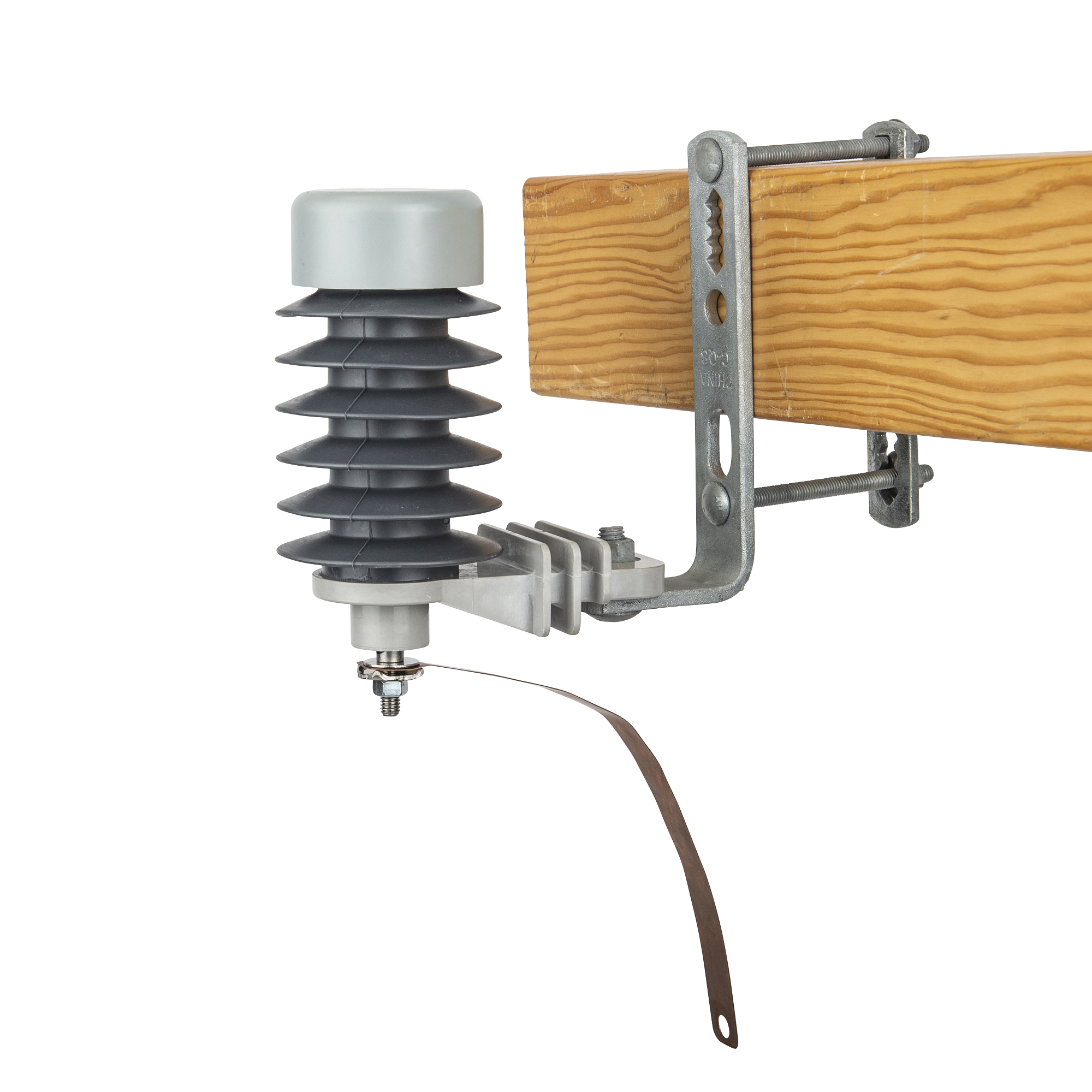After defining the characteristics required of an ideal polymer housing material, the next step is to develop an appropriate test protocol. Good polymer compounds used for high voltage insulation should be tested for the ability to resist tracking, erosion, corona, and ultra-violet (UV) radiation exposure to ensure long term reliability. The section below provides a high-level overview of the key test procedures defined to achieve the previously mentioned characteristics. The testing regime, outlined in Table 1, allows various materials to be evaluated and led to the optimum material selection for electrical insulation applications.
Table 1: Lab Performance Requirements of Hubbell Polymer Compounds
|
Test
|
Minimum Passing Criteria
|
|
Tracking and Erosion
|
15,000 cycles
|
|
Ultraviolet (QUV)
|
8,000 hours
|
|
Corona Cutting
|
1,000 hours
|
Resistance to Tracking and Erosion
The Hubbell tracking test was initially developed to evaluate glaze compounds for porcelain insulators. It was next used for evaluating the tracking and erosion resistance of polymeric insulating materials and their ability to withstand electrical discharge on the surface. This test was used as a screening method to ensure any polymer material would perform as well as porcelain.
Tracking evaluation is performed on a rectangular section of the molded material. Electrodes are clamped on opposing sides with a defined gap between them. The sample is energized and repeatedly sprayed with a conducting solution. The surface currents between the electrodes heats and dries the sample until the flow of current ceases. The sample is then sprayed with the conducting solution and these cycles continue until the material shows signs of carbonization or erosion on the surface. This failure is usually the result of tracking/erosion and characterizes the polymer’s ability to withstand harsh service conditions.
Ultraviolet (QUV) and Corona Testing
Outdoor insulation is exposed to UV from sunlight as well as UV generated from corona and dry band arcing. Ultra Violet testing challenges a polymer’s ability to resist the absorption of this UV radiation in combination with high humidity which can affect the dielectric and weathering properties of a compound.
This characteristic is verified by two tests – QUV and Corona Cutting. The QUV subjects a sample to cycles of high UV light, heat and humidity. The corona cutting test subjects a mechanically stressed sample to concentrated corona from a “needle” electrode.
The presence of corona ages polymers by generating UV and ozone. Passing this test demonstrates that proper chemical compounding has taken place during the manufacturing process.
Additional Testing for Mechanical Strength and Moisture Permeability
To further qualify the polymer compound for electrical application, abrasion and tear testing is done to ensure the polymer has high mechanical strength. Additionally, for distribution arresters, moisture permeability of the material must be considered in conjunction with the end product’s sealing system. Both IEC 60099-4 and IEEE C62.11 surge arrester standards provide guidelines for such testing and therefore extensive testing is performed on the entire arrester design. These tests are then documented in manufacturer’s type test reports to ensure that the product’s protective function remains consistent in the field.
As a result of the test methods covered in this blog, two materials emerged as the most suitable materials for this application – EPDM and Silicone Rubber based polymers.
The Hubbell standard tests have proven very effective at determining the robustness of materials for field use. These same tests are still followed by Hubbell polymer experts today when qualifying both silicone and EPDM based compounds.

